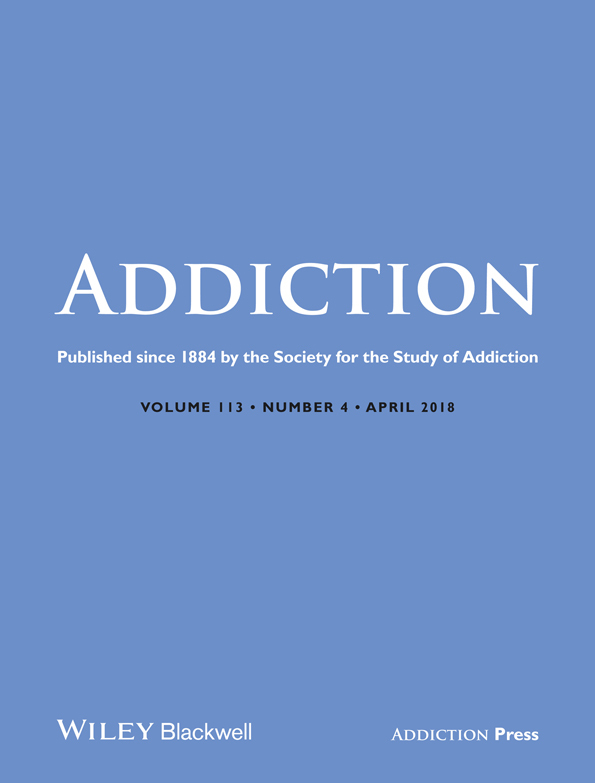The prevalence, incidence, and gender and age-specific incidence of problem gambling: results of the Swedish longitudinal gambling study (Swelogs)
Abstract
Aims
To estimate the prevalence, incidence and gender and age-specific incidence of problem gambling in the Swedish adult population.
Design
Longitudinal cohort study with linkage to register data.
Setting
Sweden.
Participants
Stratified random sample aged 16–84 years at baseline (n = 8165) re-assessed a year later (n = 6021).
Measurements
Problem gambling (life-time and past 12 months) was measured by the South Oaks Gambling Screen–Revised (SOGS-R). Past 12-month (current) problem gambling was also measured by the Problem Gambling Severity Index (PGSI).
Findings
The SOGS-R combined current pathological and problem gambling prevalence rate (PR) was 2.1 [95% confidence interval (CI) = 1.8–2.4] at baseline and 1.7 (1.4–2.0) at follow-up, approximately half the corresponding life-time estimates.[Correction added on 22 Dec 2017, after first online publication: In the preceding sentence, the SOGS-R combined current pathological and problem gambling prevalence rate (PR) was incorrectly reported as being double the corresponding life-time rate. It has been corrected in this version.] PGSI combined current problem and moderate-risk gambling PRs were 2.2 (1.9–2.5) at baseline and 1.9 (1.6–2.2) at follow-up. Combined incidence rates (IRs) were 1.0 (0.8–1.3) (SOGS-R) and 1.4 (1.1–1.7) (PGSI), with more than three-quarters being new cases. While first-time IRs did not vary by gender, males had a higher relapse IR and proportionately more females were new cases. The young adult IR was more than double the older adult IR; similar proportions were new cases.
Conclusions
The actual incidence of problem gambling relapse in Sweden is likely to be higher than estimated. The profile of problem gambling in Sweden is likely to change over time, with increased proportions of women and older adults.




